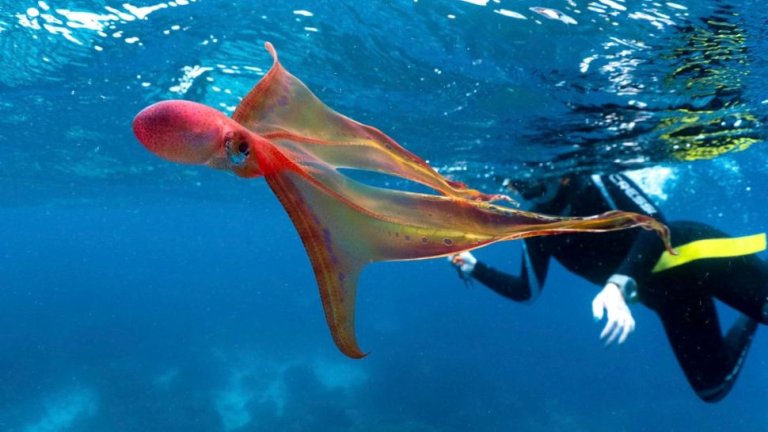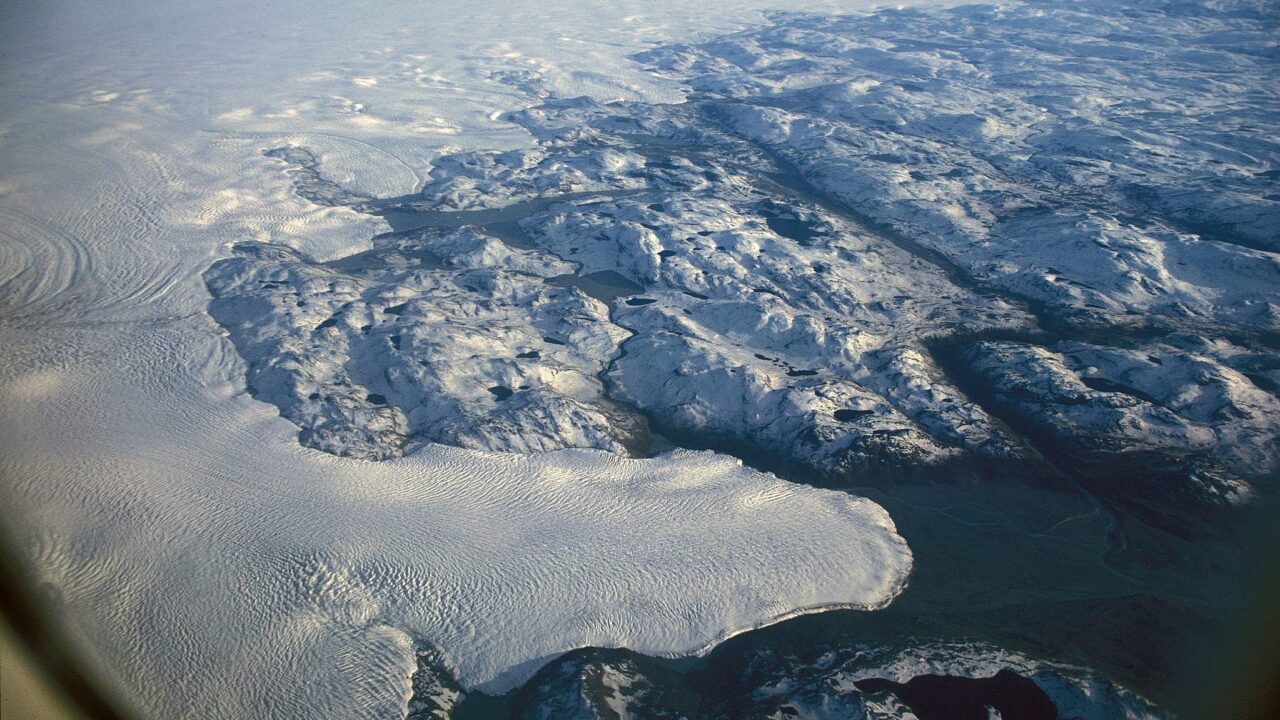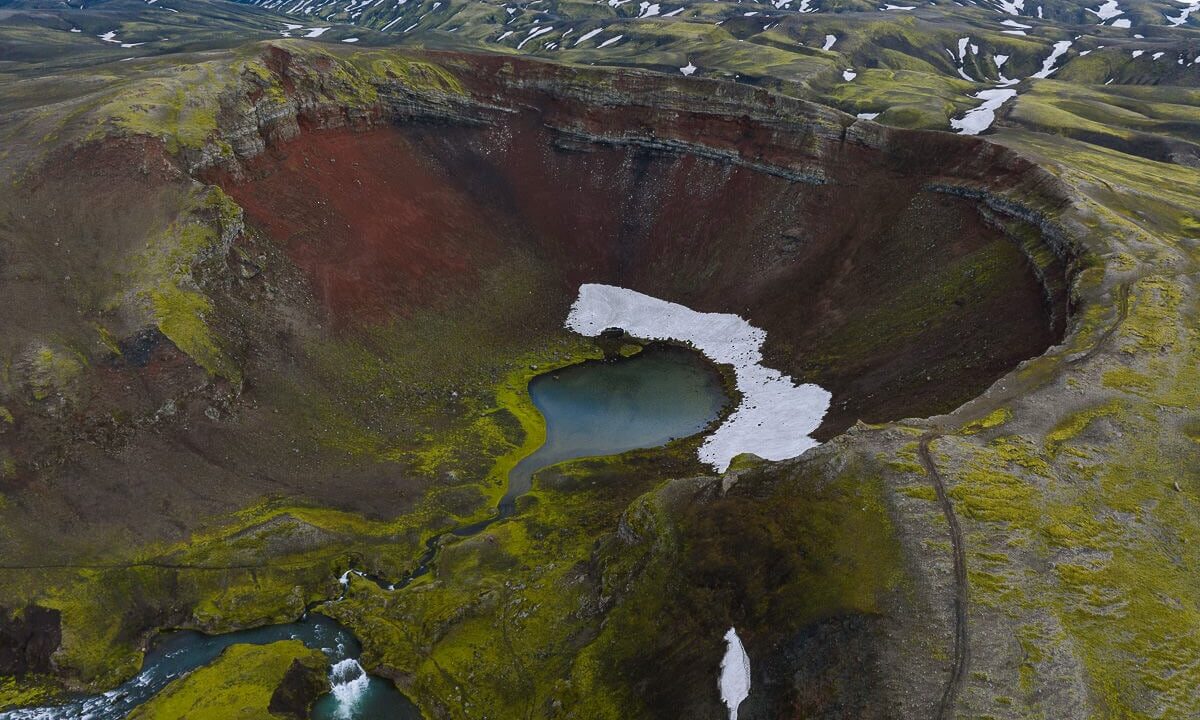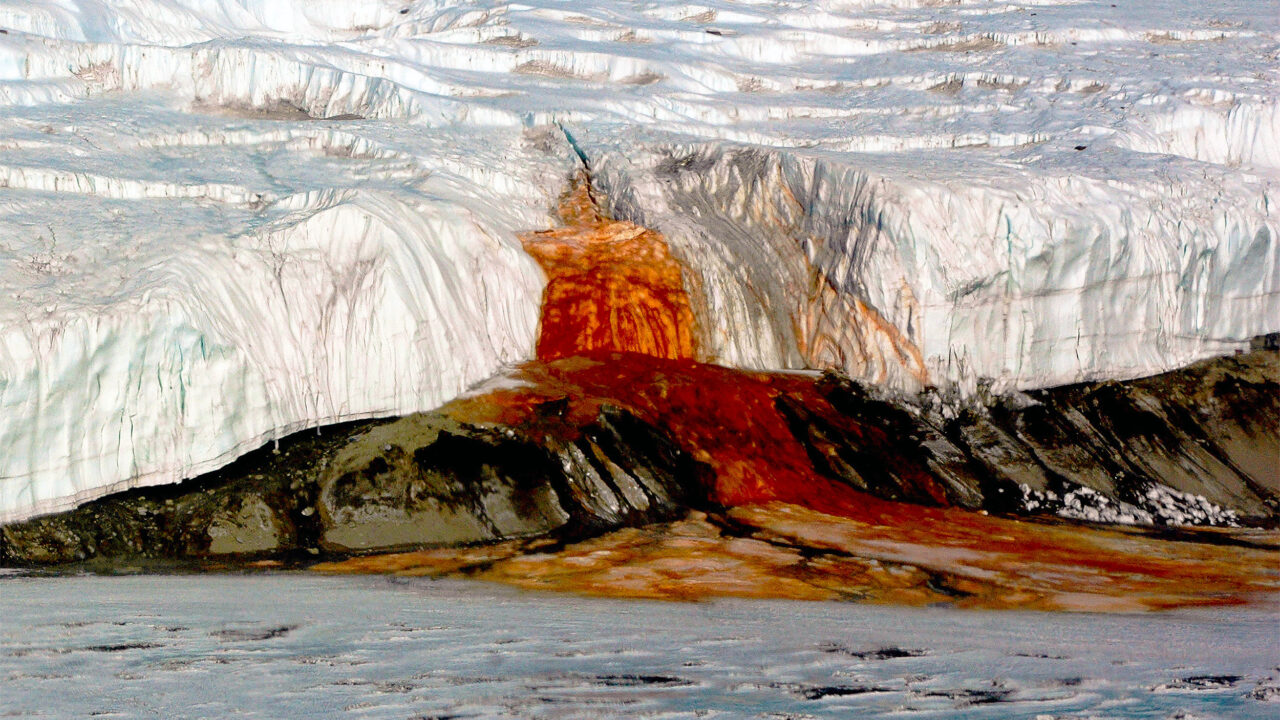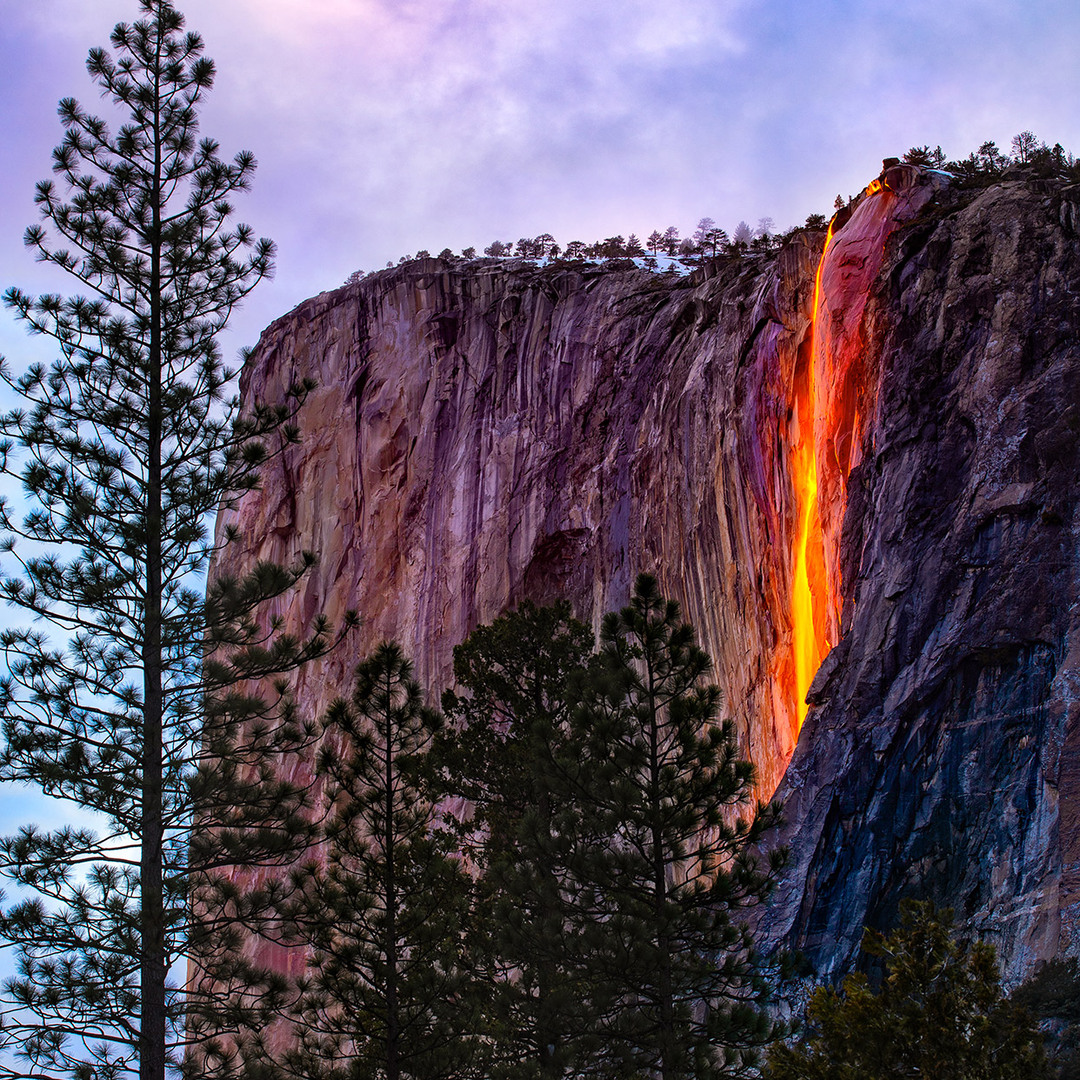Yosemite National Park in California, USA, is famous for its breathtaking landscapes towering granite cliffs, lush valleys, and stunning waterfalls. Yet among its many wonders, one natural phenomenon stands out as truly magical: the Yosemite Firefall, a rare event that appears only a few days each year and continues to captivate the world.
A Natural Phenomenon That Looks Like Flowing Fire
The “Firefall” isn’t actual fire but an extraordinary optical illusion that makes a waterfall appear as though it’s glowing with molten lava. This spectacle occurs at Horsetail Fall, a seasonal waterfall located on the eastern side of El Capitan, Yosemite’s iconic granite cliff.
When light and weather conditions align perfectly, the setting sun illuminates the water with a fiery orange glow, creating the illusion of liquid fire cascading down the 650-meter cliff.
ALSO SEE :The Dazzling White Sand Dunes of the United States
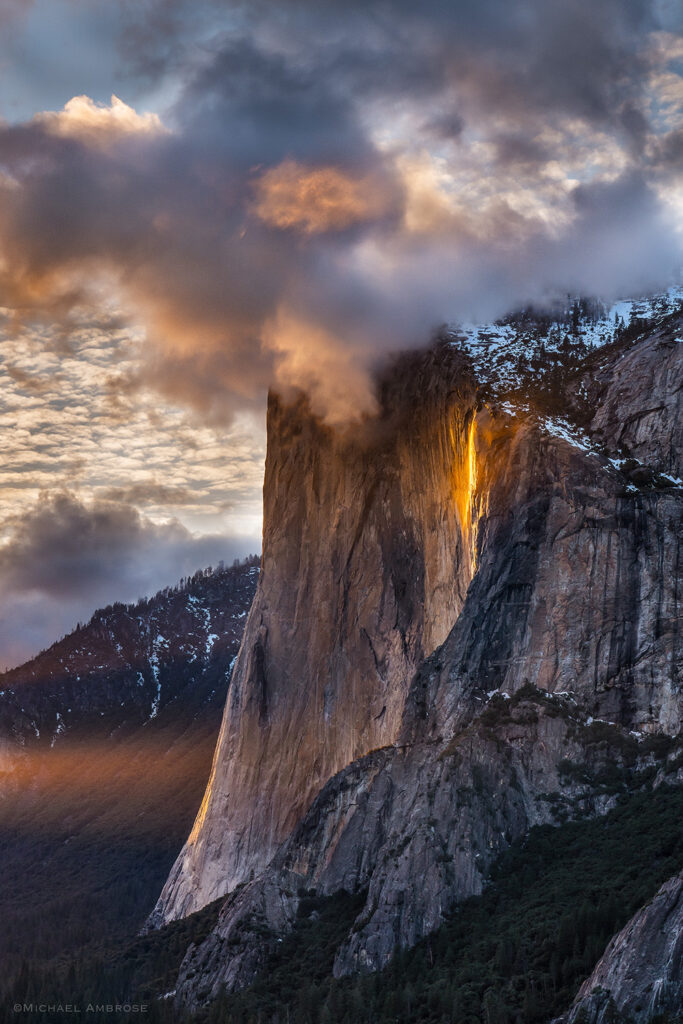
When the Firefall Happens
The awe-inspiring Firefall can typically be seen from mid to late February each year. However, it doesn’t appear every year in full glory three key conditions must be met for the phenomenon to occur:
- There must be enough water flowing in Horsetail Fall, usually from melting snow atop the mountains.
- The western sky must be completely clear during sunset.
- The sun’s angle must align perfectly to reflect orange and red hues onto the waterfall.
If any of these factors are missing, the Firefall will not appear, making it a truly rare event eagerly awaited by tourists and photographers from around the world.
A Photographer’s and Traveler’s Dream
Each year, thousands of visitors flock to Yosemite hoping to witness this magical moment. Professional photographers often arrive days in advance to secure the best vantage point for capturing the glowing waterfall.
The best time to photograph the Firefall is usually between 5:20 p.m. and 5:40 p.m. local time, when the sunlight hits the granite wall at just the right angle. The effect is so astonishing that many find it hard to believe it’s simply sunlight not actual fire.
The History of the “Yosemite Firefall”
Interestingly, long before the natural Firefall gained fame, Yosemite once had an artificial version of the event. From the late 19th century until the 1960s, park rangers at Glacier Point would push glowing embers off the cliff at night to entertain visitors.
This man-made Firefall became a popular attraction, but the practice was eventually stopped for safety and environmental reasons. Over time, nature revealed its own version far more beautiful and awe-inspiring, requiring no human touch.
Watching the Firefall Safely
Visitors who wish to witness the Firefall are encouraged to arrive early, as viewing areas fill up quickly. Park rangers have also implemented restrictions to preserve the natural environment.
Visitor Tips:
- Plan your visit between February 15-28.
- Dress warmly, as evening temperatures can be very cold.
- Bring a tripod and telephoto lens if you plan to take photos.
- Follow park regulations and avoid leaving any trash behind.
ALSO SEE : Reog Ponorogo Dance: A Cultural Heritage and Symbol of Bravery from East Java
The Yosemite Firefall is one of the world’s rarest and most beautiful natural spectacles. Through the perfect combination of light, water, and timing, nature delivers a breathtaking show that lasts only a few fleeting evenings each year.
This phenomenon is not just a testament to nature’s extraordinary beauty but also a reminder that true wonders don’t require human creation they simply reveal themselves to those patient enough to witness them.

